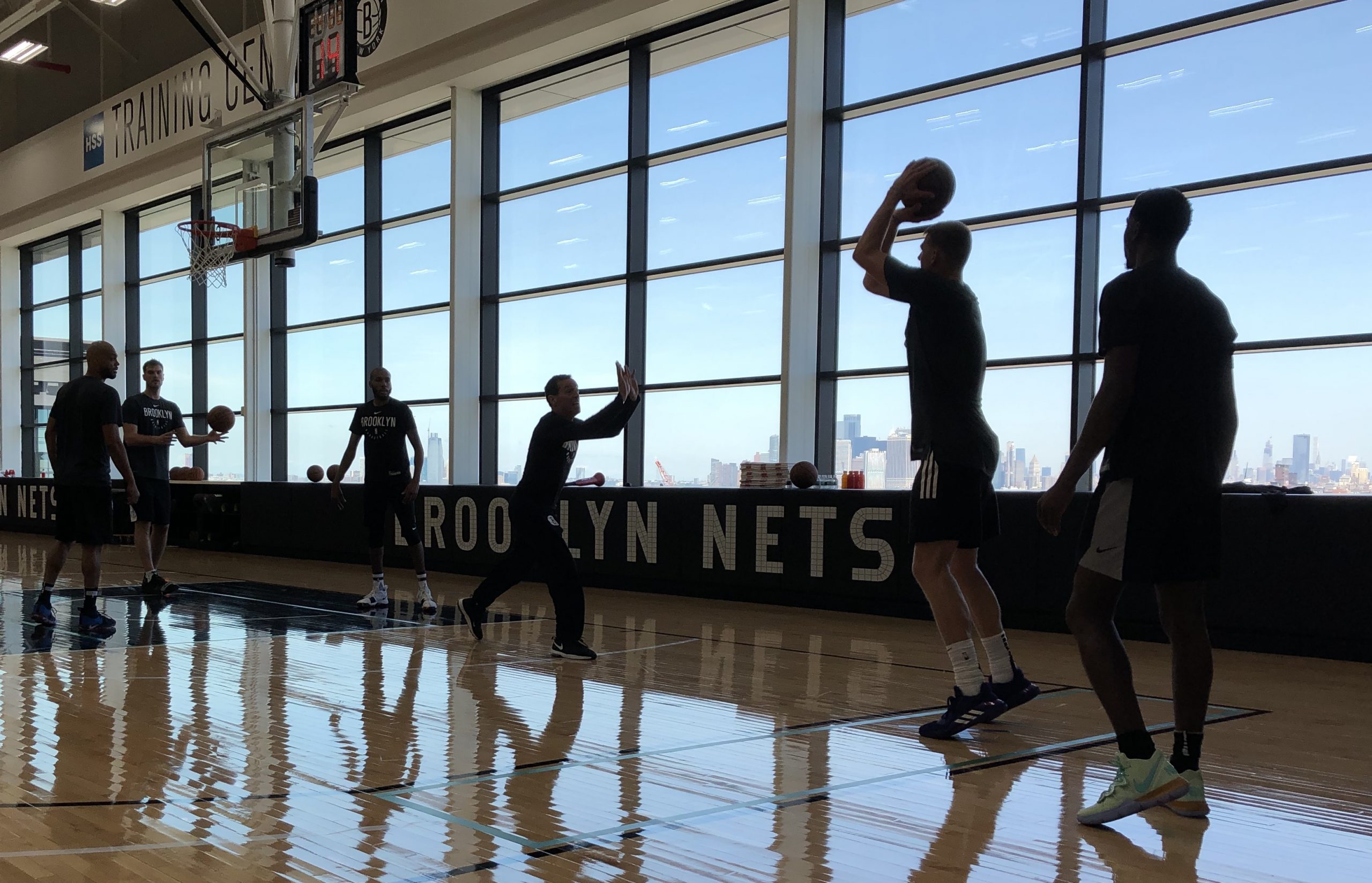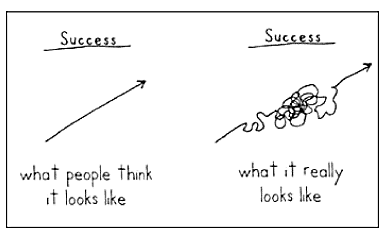I responded to a tweet about Kobe Bryant’s advice to Tracy McGrady, and I honestly expected more pushback, but the comment below is the popular opinion.
5 NBA Championships, 18 time All Star, 2 time Olympic Gold Medalist and 33,643 career points
— X-ray Basketball (@XrayBasketball) June 11, 2020
The response lists his accomplishments, which were never debated. My comment pertained to practice. Kobe was one of the best players in NBA history, but that statement does not answer a question about specific improvements derived from practice.
Often, ex-players or prominent coaches and trainers obfuscate questions by answering a different question.
Q: How does that drill improve performance?
A: He’s one of the best players in the NBA.
Incredibly, many people accept these answers. We believe that practice improves performance, and the player is one of the best, which shows that the practice worked.
I see the non-answer as evidence that the player/coach/trainer don’t know. They invest in more work and hope for improvement.
We confuse correlation with causation. We know Kobe notoriously practiced more than anyone else. We also know Kobe was one of the best players in NBA history. Therefore, we argue Kobe was one of the best players BECAUSE he made 1000 shots per day, as we are biased to believe practice causes performance. Instead, these two things are correlated; they are related, but not necessarily causal.
Now, to answer my question, his practice fueled his confidence. Of course, some may view this as a blessing and a curse. He believed nobody practiced more or harder than he did. He knew he was the most prepared player for every game. He derived confidence from these beliefs.
This confidence likely led to some bad shot selection, which dampened his shooting percentages. I imagine he believed he earned the right to take questionable shots because he practiced more. He believed he could make any shot. This confidence separated him from his peers.
Would he have had the same confidence if he made 250 shots per day or if he took a day off? Would that change his confidence? Would he feel like he cheated the game? Nobody knows.
Would he have shot a lower percentage if he only made 250 shots per day or took a few days off? Unlikely. The evidence suggests he did not improve his shooting much, if at all, over a 20-year career during which he made 1000 shots every day in the offseason. What effect did all of those repetitions have on his shooting?
I believe we make this error of attribution frequently. We latch on to well-publicized stories of extreme work ethic, and mythologize this effort because we want to motivate our players to spend more time in the gym. NBA players working out at 4 AM are the same; if you work out for 2-3 hours per day, does it matter if it is at 4 AM or noon? We tell stories that turn correlation into causation, and nobody challenges the story because we have accepted the moral as true and believe it benefits players even if not entirely true.
Practicing at 4 AM or 6 AM is not better than practicing at noon or 5 PM, and there is evidence to suggest it is worse, especially for athletes who perform late in the afternoon/evening. Similarly, making 1000 shots per day is not necessarily better than making 500 shots or even 100 shots. It depends on the practice quality.
We don’t know if Kobe would have won championships and MVPs if he had practiced less. However, we know his percentages did not improve greatly, despite shooting more than virtually anyone in NBA history. If his practice was the reason he was an MVP and NBA Champion, why couldn’t he raise his free-throw shooting percentage above his career-high 86.8%? Field-goal percentage and three-point percentage can be explained by poor shot selection, but not free-throw percentage. He shot 81.9% as a rookie and 83.7% for his career. He only had five seasons over 85%. He likely attempted more practice shots than anyone in history, according to mythology, but never had a single season over 87% from the FT line. And, yet, we attribute all of his greatness to this practice.
What prevented him from reaching shooting excellence? He did not have a single season over 50% from the field, or 40% from the 3-point line, or 90% from the free-throw line. If not his practice, was it his mental toughness, another quality coaches/trainers use to explain a lack of performance during games? If Kobe has been mythologized for any attribute more than his practice and work ethic, it is his mental toughness.
Again, Kobe was a top 10 player in NBA history. He practiced, by all accounts, more than anyone in NBA history. Neither point is up for debate. However, the veracity of these points does not explain the relative lack of shooting improvement across his career.
Ultimately, for an individual, it does not matter. He invested time and energy, and he achieved his desired results. To some extent, whether or not the time and energy caused the results does not matter. However, we need to determine whether the training caused the specific improvements that we hope to achieve when we attempt to generalize the training to groups of players.

 Credit: William Penn University Wilcox Library
Credit: William Penn University Wilcox Library